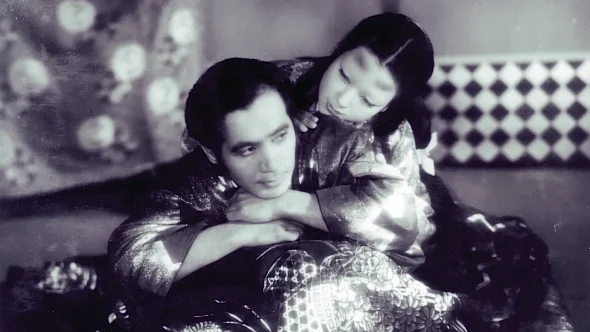
Philippe Le Sourd attended film school at the Sorbonne Nouvelle University in Paris, but with the intention of becoming a photographer. It was there that his world was suddenly opened up by the power of cinema, and he found himself dreaming of working as a cinematographer and being a part of the film industry.
"Of course, you want to be part of it! But you don't know how to do it," Le Sourd says. He got a gig as assistant cameraman to Oscar-nominated cinematographer Darius Khondji on Jean-Pierre Jeunet's art-house dark comedy, Delicatessen (1991). He was a focus puller on Bernardo Bertolucci's Stealing Beauty (1996). Finally, his big break came in 2006 when he was tapped to shoot Ridley Scott's A Good Year. "You have to be patient."
At the 86th Academy Awards, Le Sourd as nominated for Best Cinematography for his work on Wong Kar-wai's martial arts epic, The Grandmaster. "Wong Kar-wai opened the door to the fact that everything is possible," he reflects. "That experience was like making 50 movies! Everything I learned before that, I could put it in the garbage. It was something completely new for me."
In recent years, Le Sourd is best known for his collaborations with Sofia Coppola; he has lensed three of her films: The Beguiled (2017), On the Rocks (2020), and Priscilla (2023). The experience of working with the two filmmakers "cannot be compared," but the cinematographer says, "At the end, you watch a movie and you think, 'Did I feel the movie or not?' It's about the emotion in the story."
Below, Le Sourd shares with A.frame the five films that have most influenced him.

Directed by: Kenji Mizoguchi | Cinematography by: Kazuo Miyagawa
It is about poetry. Suddenly, this director opened a window to me of complexity, of telling story with poetry and ghosts. That's the beauty of it. You can explore all of Mizoguchi's films together, and you see the simplicity of the way he shoots. The camera doesn't move. The camera is very low. That's an exploration about how to set up a scene and to make it work, but at the end, it is about emotion. It's about the feeling of it.
Directed by: Michelangelo Antonioni | Cinematography by: Aldo Scavarda
I always come back to L'Avventura. And especially with Sofia — because Sofia is interested in women — I always come back to this film. And it could be L'Eclisse, it could be La Notte, it could be Red Desert. It's the mix of the way you shoot women and landscapes, and also the nonlinear story was interesting for me. Sofia's, she's fully linear, but I like the idea of exploring nonlinear stories. And I would probably say my first love was Monica Vitti.

Directed by: Yasujirō Ozu | Cinematography by: Yūharu Atsuta
It's about communication, loneliness, emotion. My shows are always about that. Perhaps all cinema is about that. There's a silence you can see in this movie, on this character. You can also find that with Antonioni. You can find that with Mizoguchi.

Directed by: Andrei Tarkovsky | Cinematography by: Georgy Rerberg
Poetry. Memory. It's a nonlinear story, a visual exploration. I still remember the first time I saw Mirror. I remember the cinema. It was a cinema close to Montparnasse in Paris. It was five people in the theater, a big screen. I remember it very well. But I couldn't understand everything. This type of director, suddenly they open a door to something completely different, and it's hard to describe. You say, 'Oh, we can make a movie like that!' That feeling is incredible.

Directed by: Federico Fellini | Cinematography by: Gianni Di Venanzo
I did a study of film at university, so I studied Italian cinema and discovered Antonioni, De Sica, Fellini at the same time. So, I discovered 8½ when I was probably 18. Fellini's visual language is fantastic. It's the visual language, the storytelling, the characters, the performance, the imagination — it's everything.







